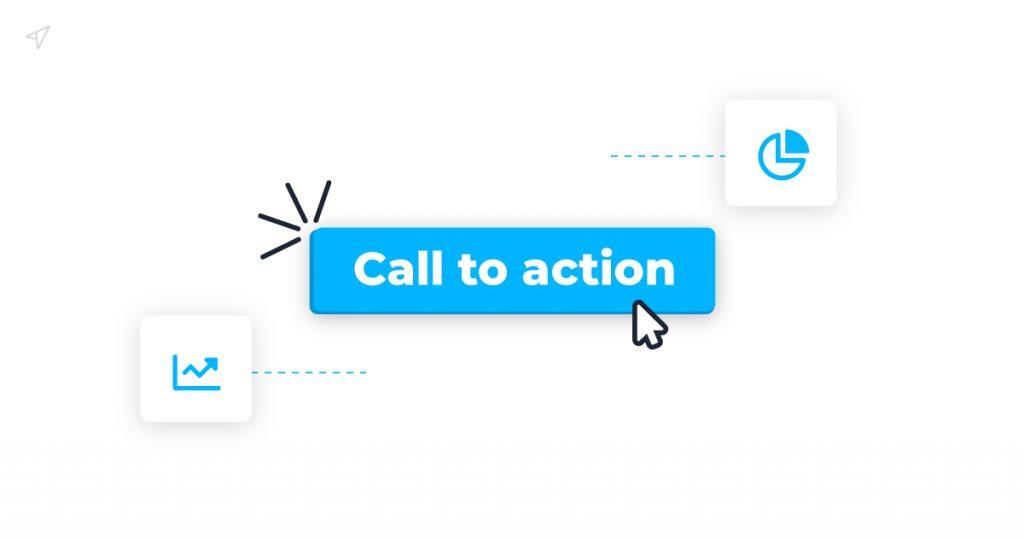
What is a backlink and why is it important for SEO?
A backlink, also known as an inbound or incoming link, is a hyperlink on one website that directs users to another. In simple terms, it is a link from one website to another. Backlinks play a crucial role in search engine optimization (SEO) for several reasons:
- Search engine ranking factor: Backlinks are an important ranking factor used by search engines to assess a website’s authority, relevance, and quality. Websites with more high-quality backlinks tend to rank higher in search engine results pages (SERPs).
- Increased website visibility: Backlinks act as pathways that lead users from one website to another. When reputable websites link to your site, it increases your visibility and exposes your content to a broader audience.
- Trust and credibility: Backlinks from authoritative and trustworthy websites serve as a vote of confidence. When reputable sites link to your content, it signals to search engines and users that your website is trustworthy, credible, and provides valuable information.
- Referral traffic: Backlinks generate referral traffic by directing users from one website to another. When users click on a backlink and land on your site, it can result in increased traffic and potential conversions.
- Indexing and crawling: Backlinks help search engine bots discover and index new web pages. When search engine bots encounter a backlink, they follow it to crawl and index the linked page, ensuring it appears in search engine results.
How do I build backlinks for my website?
Building backlinks for your website requires a proactive and strategic approach. Here are some effective strategies to consider:
- Create high-quality content: Producing valuable, informative, and engaging content is the foundation for attracting backlinks. When you offer unique and compelling content, other websites are more likely to link to it as a valuable resource.
- Guest blogging: Reach out to relevant and authoritative websites in your industry and offer to write guest blog posts. In exchange, you can include a backlink to your website in the author bio or within the content itself. Guest blogging allows you to showcase your expertise, gain exposure to a new audience, and earn valuable backlinks.
- Build relationships and outreach: Connect with influencers, bloggers, and webmasters in your niche. Engage with their content, provide valuable insights, and establish relationships. Once you have built rapport, you can politely request backlinks or collaborations, such as co-creating content or participating in interviews.
- Broken link building: Identify websites with broken or outdated links in your niche. Reach out to the website owner or webmaster, informing them about the broken link and offering your relevant content as a replacement. This approach provides value to the website owner and allows you to gain a backlink.
- Social media promotion: Leverage your social media presence to promote your content. When your content gains traction on social media platforms, it increases the likelihood of other websites discovering and linking to it.
- Participate in online communities: Engage in relevant online communities, forums, and discussion boards where you can contribute valuable insights and provide helpful information. By establishing yourself as an authority in the community, you may attract backlinks from others who value your contributions.
- Create link-worthy resources: Develop comprehensive guides, tutorials, infographics, or case studies that offer valuable insights and resources. Such content tends to attract more backlinks from websites seeking to provide their audience with helpful information.
What are the best practices for analyzing backlinks?
Analyzing backlinks is essential to understanding your website’s link profile and optimizing your SEO strategy. Here are some best practices for effectively analyzing backlinks:
- Use backlink analysis tools: Utilize reputable backlink analysis tools such as Ahrefs, Moz, Majestic, or SEMrush. These tools provide comprehensive insights into your backlink profile, including the number of backlinks, referring domains, anchor text distribution, and more.
- Assess backlink quality: Focus on the quality of backlinks rather than just the quantity. Look for backlinks from authoritative, trustworthy, and relevant websites. Evaluate factors such as domain authority, page authority, trust flow, and citation flow to gauge the quality of the linking domains.
- Examine anchor text distribution: Analyze the anchor text used in the backlinks pointing to your site. Ensure there is a diverse mix of anchor text variations, including branded, keyword-rich, and generic anchors. Avoid using exact-match keyword anchors, which can be seen as a spammy tactic.
- Check for toxic or spammy backlinks: Identify and disavow toxic or spammy backlinks that can harm your website’s SEO. Look for backlinks from low-quality or irrelevant sites, link farms, or websites with a suspicious link profile. Disavow these links using the Google Disavow Tool to signal to search engines that you don’t endorse or want those links associated with your site.
- Analyze competitor backlinks: Study your competitors’ backlink profiles to gain insights and discover potential link-building opportunities. Identify the high-quality backlinks they have acquired and explore strategies to earn similar links for your website.
- Monitor new and lost backlinks: Keep track of new backlinks acquired and the ones you may have lost. Regularly monitor your backlink profile to identify any sudden changes, such as a significant increase in low-quality links or a loss of valuable backlinks. This allows you to take the necessary actions to maintain a healthy link profile.
- Understand anchor text relevance: Ensure the anchor text used in backlinks is relevant to the linked page’s content. Relevant anchor text helps search engines understand the context of the linked page, contributing to better SEO performance.
- Consider link diversity: Aim for a diverse set of backlinks from different types of domains, including blogs, news sites, industry directories, and social media platforms. A varied link profile indicates natural link acquisition and helps enhance your website’s credibility and authority.



